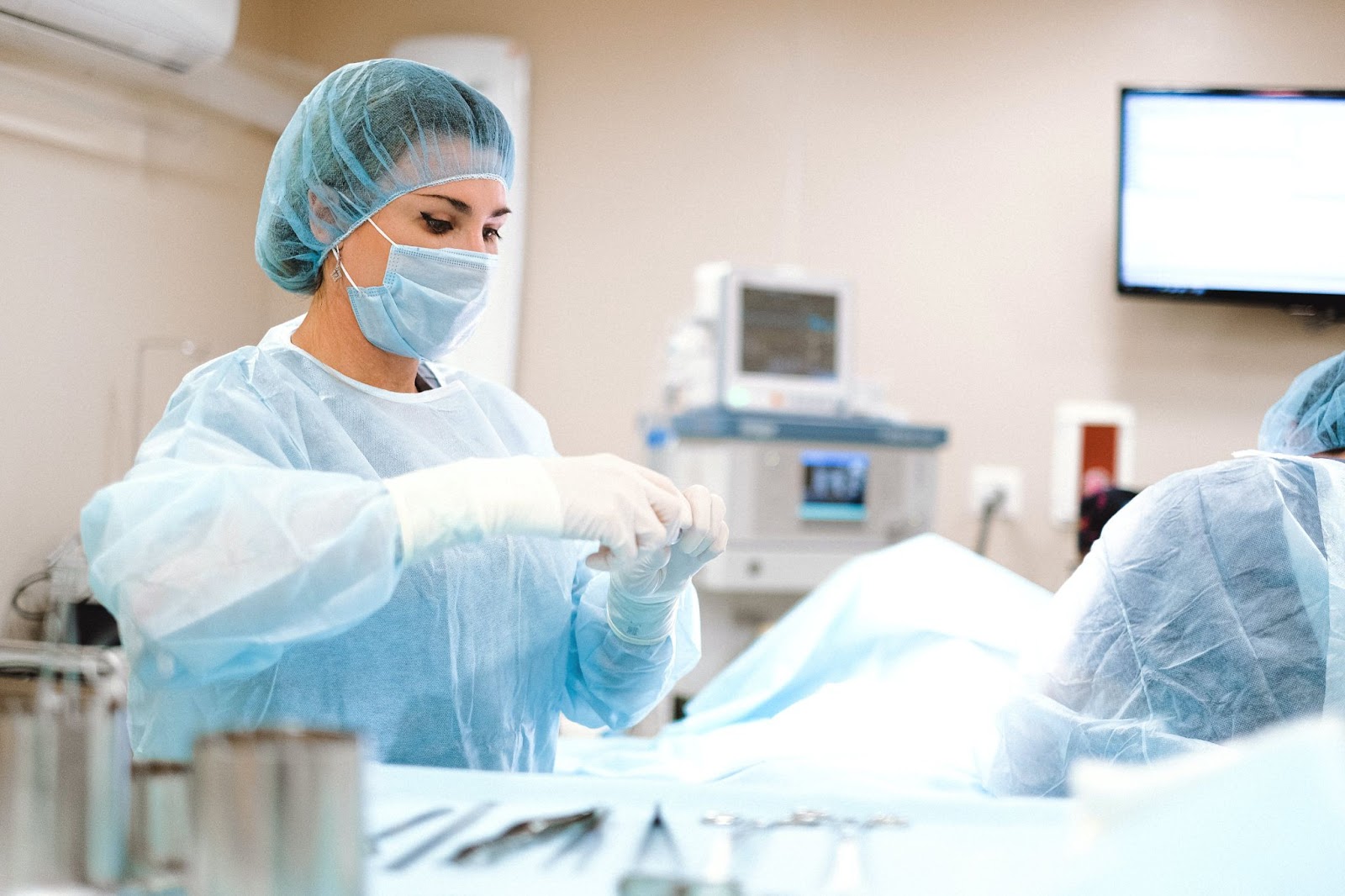Uterine Fibroid Treatments | USA FIBROID CENTER

Uterine fibroids are non-cancerous growths that develop in the uterus. They can cause a range of symptoms including heavy menstrual bleeding, pelvic pain, and pressure on the bladder or bowel. The appropriate treatment for uterine fibroids depends on factors such as the size and location of the fibroids, the severity of symptoms, and the patient’s overall health. Here are some common treatments for uterine fibroids that might be offered at a specialized center like the USA Fibroid Center:
- Watchful Waiting: If fibroids are small and not causing significant symptoms, a doctor might recommend regular monitoring without any immediate treatment.
- Medications: Certain medications, such as hormonal birth control, can help manage symptoms like heavy bleeding and pain. GnRH agonists and progestin-releasing intrauterine devices (IUDs) are also options that can shrink fibroids.
- Minimally Invasive Procedures:
- Uterine Artery Embolization (UAE): This procedure involves blocking the blood supply to the fibroids, causing them to shrink. It’s a non-surgical approach.
- MRI-guided High-Intensity Focused Ultrasound (MRgFUS): This procedure uses focused ultrasound waves to heat and destroy the fibroids.
- Radiofrequency Ablation: In this procedure, a thin needle is inserted into the fibroid, and radiofrequency energy is used to destroy the fibroid tissue.
- Laparoscopic or Robotic Myomectomy: This surgery involves removing the fibroids while preserving the uterus. It’s done through small incisions.
- Surgical Procedures:
- Hysterectomy: This is a major surgery that involves the removal of the entire uterus. It’s considered when other treatments have failed or are not suitable.
- Abdominal Myomectomy: This surgical procedure involves removing fibroids while leaving the uterus intact. It’s typically used for larger fibroids.
- Focused Ultrasound Surgery: This is a non-invasive procedure that uses high-energy ultrasound waves to destroy fibroids. It’s an outpatient procedure.
- Endometrial Ablation: This procedure targets the lining of the uterus and is used to reduce heavy menstrual bleeding caused by fibroids.
- Myolysis: This procedure involves using heat, laser, or electric current to destroy fibroid tissue.
It’s important for individuals with uterine fibroids to consult with a medical professional, ideally a gynecologist or a specialist at a fibroid center, to determine the most appropriate treatment based on their specific condition and needs. The choice of treatment will depend on factors such as the severity of symptoms, the size and number of fibroids, the patient’s desire to preserve fertility, and overall health considerations.




